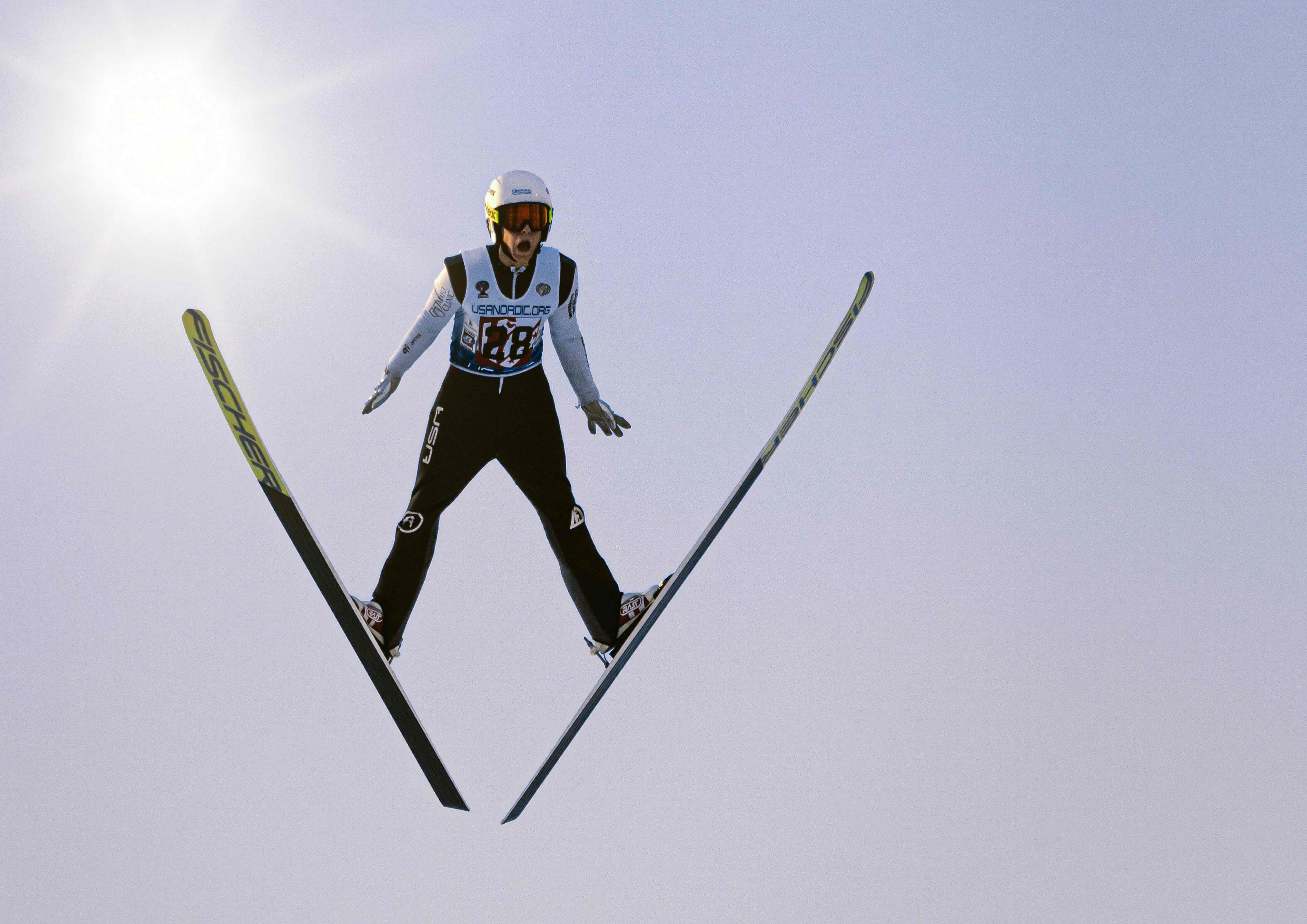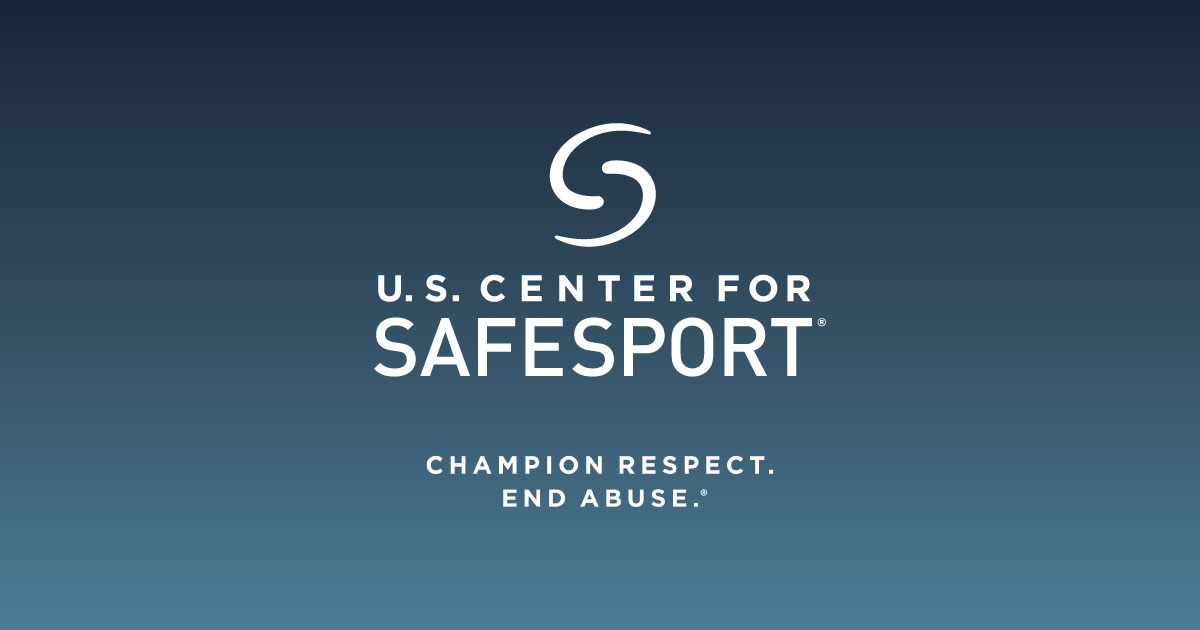
What is safeguarding?
The term safeguarding applies to actions taken to ensure participants are protected from harm. Abuse, harm, violence, and neglect prevention pertains to physical, emotional, mental, and psychological health and well-being.
The goal of safeguarding is to proactively create safe and healthy sporting environments. This goal is achieved by providing clarity and standardizing expectations on preventative best practices and healthy relationship dynamics.
Who is responsible for safeguarding?
We are all responsible for safeguarding sporting participants. Organizations, coaches, parents, athletes, and community members play important roles in protecting our athletes and, ultimately, the sanctity and future of sports. Crucially, we must not assume that safeguarding practices are automatic and consistent across sporting spaces. We are all responsible for ensuring that safeguarding measures are present and robust in our sporting communities. This looks like holding organizations and each other accountable for prioritizing and valuing safeguarding.
Why focus on prevention?
Abuse can happen anywhere, to anyone. More than 50% of athletes experience abuse in sports. And, good people are capable of doing harmful things. 90% of victims know their abuser.
We do not control the behavior of others, but are in control of creating and maintaining an environment that is supportive of everyone’s well-being and thereby hostile to predatory tactics. By focusing on prevention education, awareness, and decreasing stigma, we are actively working together to create positive, safe, and healthy sporting cultures that focus on care and support rather than power and control.
Preventative best practices include:
Education and awareness of:
- Healthy vs. Unhealthy Relationship Dynamics
Learning and understanding the hallmarks of healthy and unhealthy relationship dynamics helps us all identify and understand methods of interactions that can be helpful vs. harmful. Check out the C.A.R.D. Diagrams (available in three different versions to support a variety of learning styles) to see a side-by-side comparison of behavioral patterns and gut-check interactions that you may observe in your sporting space.
- Power Imbalances
Power imbalances can occur between athletes and/or between athletes and their coaches, trainers, and medical professionals. This dynamic is not bad, per se, similar to how a teacher has authority over a student and an employer over an employee. But sometimes this power imbalance can lead to relationships based on power and control instead of care and support.
When these power imbalances are present, the stage can be set for misconduct, abuse, and grooming to occur. Therefore, when power imbalances are present, there is an increased need for boundaries. It’s up to all of us to ensure those in power are kept in check, and that relationships are safe and respectful—for coaches and athletes. Watch this PSA and check out this blog post to learn more.
- Grooming
Grooming refers to actions taken in an attempt to form a relationship with someone with the intention of sexually assaulting them. No situation is identical, but there are apparent and prevalent patterns and nuances when it comes to grooming in sports. Grooming can be hard to identify as behaviors may present as benign but are manipulative.
The six stages of grooming are targeting the athlete, gaining trust, fulfilling needs, isolating the athlete, sexualizing the relationship, and maintaining control. It is important to remember that parents, teammates, friends, the groomer’s partner/family, and organizations can also be susceptible to a groomer’s tactics and can often be complicit in such misconduct/abuse. Watch this PSA and check out this blog post to learn more.
In the sporting environment:
- Relying on a Code of Conduct
Every gym, barn, pool, locker room, dugout, and sporting community should have a code of conduct sign posted in a commonly viewed area, just as safety signs are displayed. Every athlete, participant, parent, coach, and organizational staff member should review and sign the code of conduct.
Having and following a code of conduct that outlines and describes behavioral expectations in line with prevention best practices helps keep everyone on the same page. When standards are unified and supported from the top down and from the bottom up in sporting communities, all participants, including coaches, are better protected. Codes of conduct should be reviewed regularly and emphasize measures that promote safe and healthy interactions, such as following the Rule of Three. Check out #WeRideTogether’s Coach Athlete Pledge to review these components and order a free sign for your facility!
- Checking on Coaches and Staff
In addition to best practices and safety and security measures that may be established on your team, at your gym, or in your sporting organization, it’s always important to do your due diligence in checking on coaches and staff – no matter your sport or level of competition. We want to trust and verify.
Go beyond the background check by checking references and work history, and researching their reputation. Confirm that coaches have a variety of training and that there is a system in place to keep their power in check. Check out this blog post to learn more.
For all members of sporting communities (including parents, coaches, staff, supporters, etc):
- Engage Everyone in Being a Safe, Active Bystander
Athletes, parents, coaches, and staff can all serve as active bystanders. By intervening when you see misconduct or abuse occur, you interrupt negative behavior patterns as they happen and emphasize best practices in prevention. This establishes crucial individual and group desires to change norms and expectations of how we all treat each other in the world of sport and beyond. Intervention additionally shows empathy and support for the person experiencing the harmful behavior. Check out this blog post, this PSA, and this resource toolkit for more information and practice scenarios.
- Know How to Respond to Disclosures of Abuse and Support Survivors
How we respond matters. It helps to think through these potential conversations and incidents ahead of time so that we are better prepared in the moment. Knowing helpful ways to respond to abuse disclosures is critical in supporting survivors and creating a safe and healthy culture in sports. This includes respecting boundaries, using validating and empathetic language, and keeping your thoughts and feelings separate. Check out this blog post to learn more.
Additionally, being aware of available reporting information and crisis resources and having the Courage First Athlete Helpline number handy can be instrumental in these tough situations. Anyone connected to the sporting community can utilize this free and confidential resource.
For athletes specifically:
- Develop an Internal Toolkit That Will Always Be With You
No matter where you go, what sport you play, or what team you are on, you will always be with you. Each athlete must develop their internal tools to help keep themselves safe. This includes identifying a safe adult you can talk to at all times, understanding, setting, and holding your boundaries, and strengthening and listening to your intuition. These tools support your mental and emotional strength and resilience, and they can help you in uncomfortable situations. Check out this blog post to learn more.
What can you do today to contribute to safeguarding?
Share this resource with at least one person; Save the Courage First Athlete Helpline as a contact on your phone; Read one of the linked blog posts to further your knowledge on the subject; Order a free code of conduct sign for your team!
For more information, please email info@weridetogether.today.
Kathryn McClain, MSW, MBA
Program and Partnerships Director at #WeRideTogether



-min.jpg)
